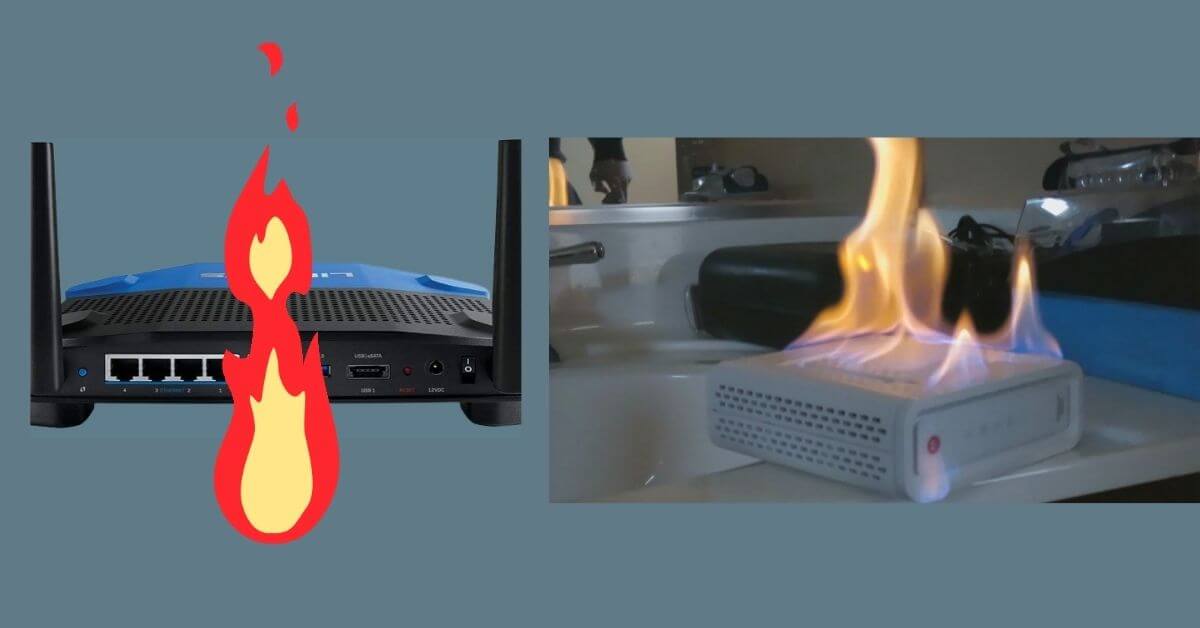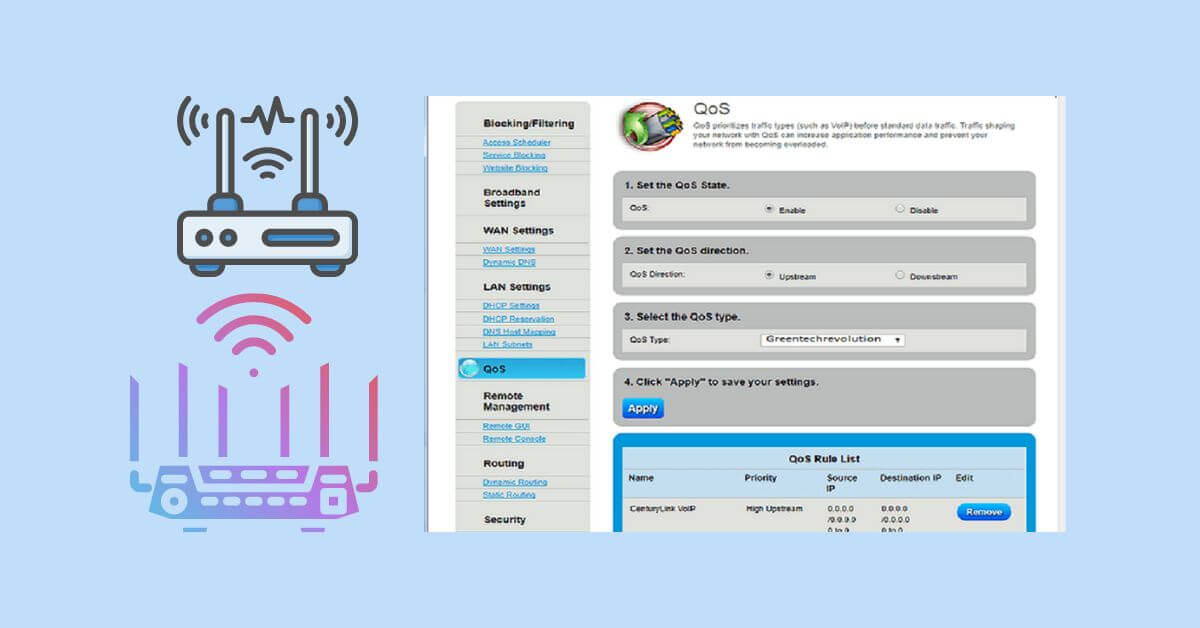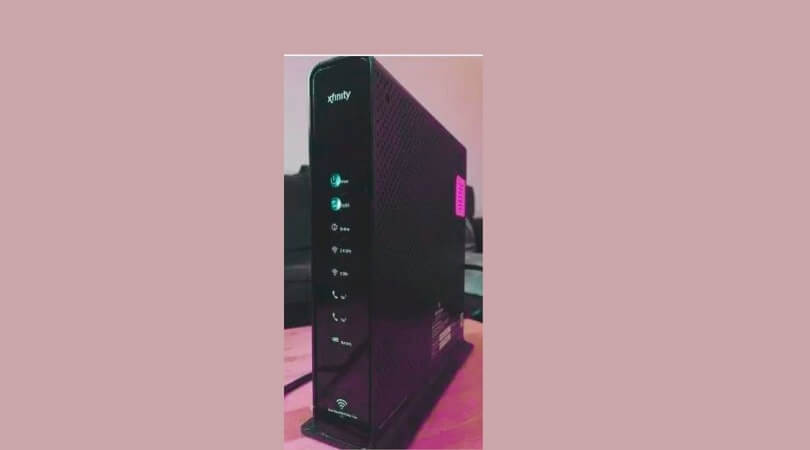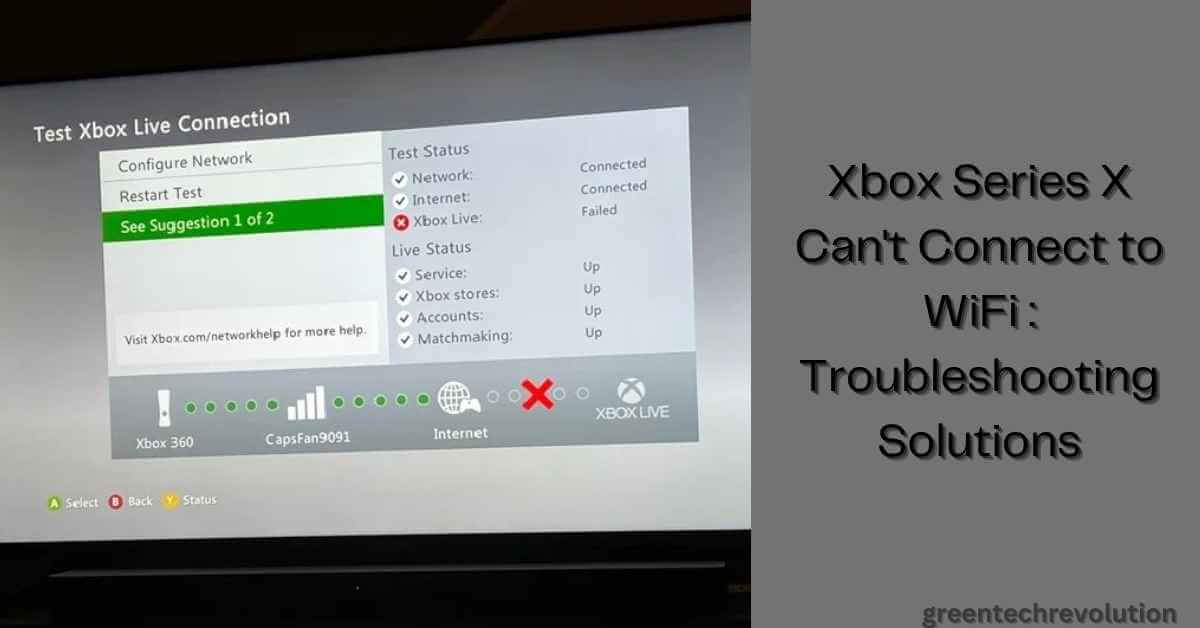How to Fix a Fried Router? If your router has stopped working, it may be due to a power surge or other electrical issue. If you suspect that your router is fried, there are a few things you can do to try and fix it. First, check the power cord and make sure it is plugged into a working outlet.
Next, reset the router by unplugging it and then plugging it back in. If the router still does not work, contact your ISP for assistance.
- Unplug the router from its power source and wait a few seconds before plugging it back in
- Check that all the cables connected to the router are secure and tight
- Press and hold the reset button on the router for 30 seconds
- Log into the router’s web-based interface and check if there are any firmware updates available
- If so, update the firmware and reboot the router
- Perform a factory reset of the router if none of the other steps have worked
What are Some Common Causes of a Fried Router
If you have ever had your router “fry,” you know it’s not a fun experience. A fried router can cause all sorts of problems, from slow internet speeds to complete loss of connectivity. But what causes a router to fry in the first place?
Here are some of the most common causes:
1. Overheating: Just like any electronic device, routers can overheat if they are used for extended periods of time or if they’re located in a hot environment. When a router overheats, it can cause permanent damage to the internal components.
To prevent your router from overheating, make sure it’s well-ventilated and not located in a spot where it will be exposed to direct sunlight or other sources of heat.
2. Power surges: Power surges are one of the most common causes of fried routers. If there’s ever a sudden spike in voltage going to your router (from lightning strikes or power line damage), it can instantly fry the internal components. To protect your router from power surges, use a surge protector with built-in circuit protection.
3 . Firmware issues: In some cases, firmware updates can actually do more harm than good by corrupting the existing firmware and causing irreparable damage to the router.
Always be sure to download firmware updates from trusted sources and follow instructions carefully when installing them.
4 . Physical damage: Routers are delicate devices, so even physical impacts can cause serious damage internally. Dropping or jarring your router can easily break something inside, so handle it with care!
How Can I Troubleshoot a Fried Router
If your router is fried, there are a few things you can do to troubleshoot the problem. First, check to see if the router is plugged into an outlet and if the power light is on. If the router is plugged in and the power light is off, the problem may be with the router itself.
If the power light is on, check to see if there are any lights on the front of the router. If there are no lights on at all, then the problem may be with your internet connection or with your computer. If you have checked all of these things and still cannot get your router to work, it may be time to call a professional.
How Do I Fix a Fried Router
If your router has overheated and stopped working, it may be possible to fix it. First, unplug the router and let it cool down for at least 15 minutes. If the router is still not working, check to see if there are any visible signs of damage, such as melted plastic or burnt circuitry.
If the damage is minor, you may be able to repair it with a soldering iron. However, if the damage is severe, you will need to replace the router.
Final Thoughts
If your router has stopped working, there are a few things you can try to fix it. First, check to see if the power cord is plugged in properly and that the router is turned on. If it is, then unplug the power cord and wait a few minutes before plugging it back in.
This will sometimes reset the router and get it working again. If that does not work, then you can try resetting the router by pressing the reset button on the back of the device. This will erase all of your settings, so you will need to set up your Wi-Fi network again afterwards.
If neither of these solutions works, then your best bet is to replace your router with a new one.









Leave a Reply
You must be logged in to post a comment.